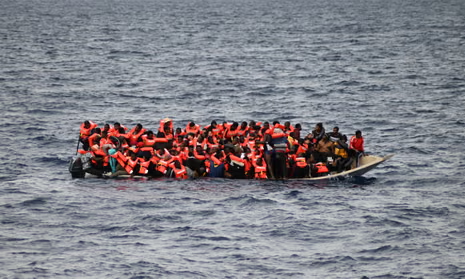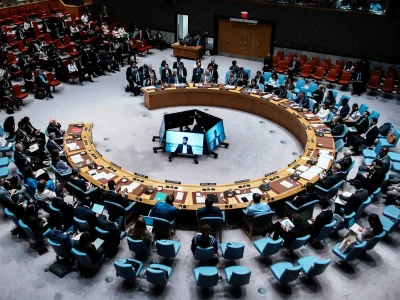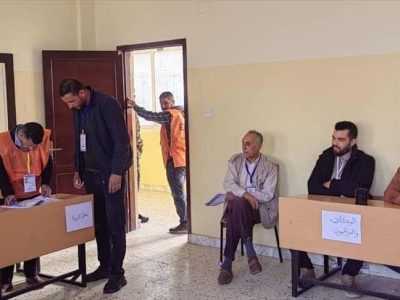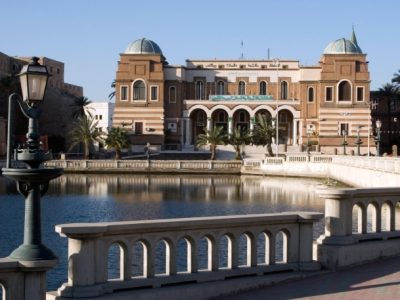Libya Migrant Crisis: Italian Navy Efforts Amid Deadly Mediterranean Crossings
A rubber boat packed with 74 migrants capsized on September 9 off Libya’s eastern coast, near the town of Kambout. The International Organization for Migration (IOM) confirmed that 19 bodies were recovered from the sea. Thirteen people – exhausted but alive – were retrieved days later. The fate of 43 others is still unknown. Most of those on board were Sudanese and South Sudanese nationals.
The survivors drifted for days before rescue teams reached them, though exactly how they managed to stay alive remains unclear. Libya’s Red Crescent reported receiving an urgent call to collect bodies near Tobruk, some 60 kilometers from the site. Search operations began immediately, but shifting currents and the remoteness of the area complicated the already difficult recovery operation.
Fleeing Conflict in Sudan
Many of those who boarded the doomed vessel were escaping Sudan’s civil conflict, where rival military forces have displaced huge numbers of civilians. According to the UN, more than 140,000 Sudanese refugees have crossed into Libya over the past two years. With few safe alternatives, many attempt the sea crossing to Europe despite knowing the risks. Aid groups warn that only peace in Sudan, or legal pathways to migration, can stop people from resorting to these perilous journeys.
But safety is often elusive. Migrants and refugees face detention, poor conditions, and frequent allegations of mistreatment by authorities. The country’s internal divisions and the presence of armed groups have created fertile ground for people smuggling networks. Since 2011, Libya has become a key launching point for migrants from across Africa and the Middle East. Authorities estimate that roughly 867,000 migrants now live there, representing 44 nationalities.
A Route Marked by Tragedy
The Kambout shipwreck underscores the deadly nature of the central Mediterranean route, often described by the IOM as the world’s most dangerous migration corridor. Since January 2025, at least 456 people have been confirmed dead and another 420 remain missing on voyages from North Africa to Europe. In 2024, more than 2,500 lives were lost.
This latest tragedy is far from isolated. In mid-September, a boat departing Tobruk caught fire and sank, killing at least 50. Earlier in the month, a smaller vessel carrying 32 capsized – one person was confirmed dead, 22 remain missing. During the summer, two separate boats sank near the Italian island of Lampedusa, leaving 27 dead. And in June, two more accidents off Libya’s coast left 60 people feared drowned.
Search, Rescue, and Return
Libya’s coast guard and local authorities continue to intercept and rescue migrants, though the outcomes are mixed. Official data shows that 17,402 people have been intercepted at sea and returned to Libya so far this year. Just recently, naval forces rescued 35 people – including women and a child – near Abu Kammash. Aid groups such as the IOM provided medical assistance on arrival.
After the September 14 fire, the IOM expressed sorrow at the mounting loss of life and confirmed that it had assisted 24 survivors. The UN refugee agency also issued condolences to the families. Both organizations called for urgent international support: expanding safe migration routes, improving humanitarian response, and addressing the root causes of displacement.
Europe, Libya, and a System in Need of Repair
European governments have partnered with Libya in recent years to try to manage migration across the Mediterranean. Funding and training have been directed at strengthening Libya’s coast guard and tightening surveillance. Yet some human rights groups warn that intercepted migrants often face detention, mistreatment, and limited access to legal protections.
From the European side, the Italian Navy remains one of the few forces actively conducting rescues and patrols in the central Mediterranean. Alongside limited Greek operations, Italy’s navy plays a pivotal role in securing Europe’s southern frontier – often responding to distress calls that no one else can reach. But this constant stream of arrivals has also become a flashpoint, straining Italy’s resources and fueling political tensions within the EU. The migration issue now risks undermining relations between Europe and Libya, complicating cooperation and hampering Libya’s own economic recovery and prosperity.
Arrivals in Europe by sea remain high. Smuggling networks, taking advantage of desperation and lawlessness, continue to launch overcrowded, unsafe boats. Despite cooperation between North African and European authorities, the risks persist. Humanitarian agencies argue that only regional coordination, supported by real investment in safe alternatives, will stem the toll.
On the ground, humanitarian workers push forward despite limited resources. The Libyan Red Crescent has been central to search and recovery missions, often working side by side with local authorities. International medical teams provide survivors with immediate treatment and psychological care. Yet aid groups continue to press for more – more investment in rescue efforts, and more options for those forced to flee.
The wreck near Kambout is another reminder that behind the harrowing statistics are families left waiting, mourning, or searching for closure. Each life lost in the Mediterranean ripples outward – to Sudan, South Sudan, and well beyond. Along Libya’s coast, recovery teams remain at work, hoping to bring answers, however painful, to those still waiting.




